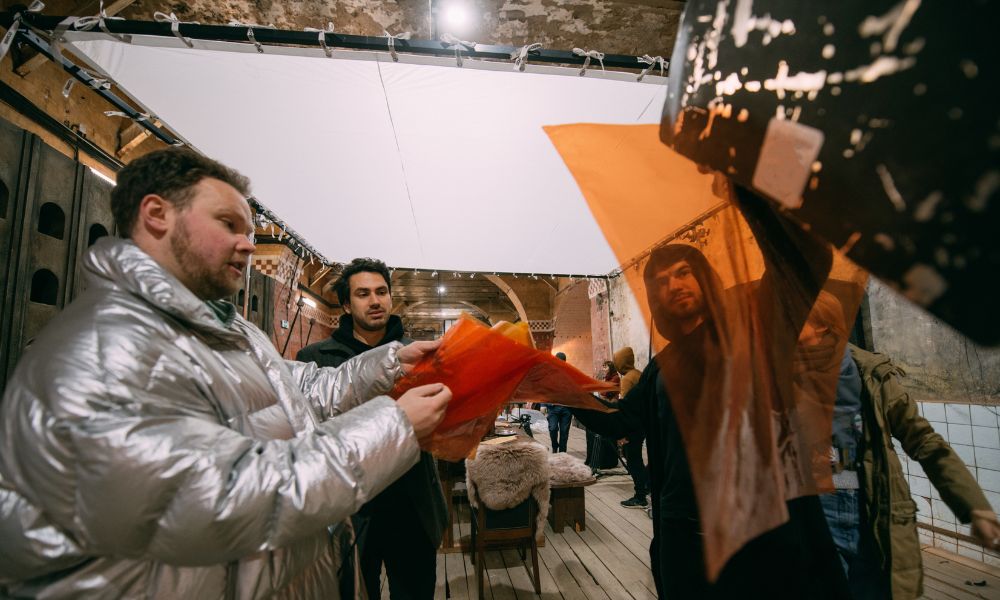 From night scenes to moody atmospheres, darkness is an essential component in many stories. However, darkness causes a lot of issues during production. It hides subjects of interest, degrades shot clarity and quality, and makes navigating sets dangerous. In order to capture night shots and create low-lit moody scenes without hindering production value, filmmakers use various lighting techniques to produce the illusion of darkness on camera. Here are five ways professional filmmakers light for darkness.
From night scenes to moody atmospheres, darkness is an essential component in many stories. However, darkness causes a lot of issues during production. It hides subjects of interest, degrades shot clarity and quality, and makes navigating sets dangerous. In order to capture night shots and create low-lit moody scenes without hindering production value, filmmakers use various lighting techniques to produce the illusion of darkness on camera. Here are five ways professional filmmakers light for darkness.
Blue Moon Lighting
Although the moon actually casts a white glow, filmmakers and artists use blue to depict moonlight. Many people associate blue with the night because cool tones complement darkness. Their shades come across deeper and more shadowy than warmer tones, which are lighter. Most movies and visual artworks from the past depict the moon in a soft ambient blue.
Filmmakers use lights set to a soft blue to generate ambient moonlight for scenes at night. The blue shade plays into the guise of darkness, and the generated moonlight illuminates the scene, producing high-quality and clear shots on camera.
Subject Spotlighting
Spotlighting illuminates a particular area, leaving the surroundings in darkness. Filmmakers spotlight their subjects to make them visible in the scene while creating darkness. Filmmakers will change the intensity of the light depending on the narrative and set.
Foreground Element Lighting
Foreground elements are positioned between the camera and the subject. They can dress up a set and are great for adding lighting to a scene without overpowering the darkness.
There are many ways to illuminate foreground elements, from attaching and hiding small lights on the props to casting a soft light in their direction. Like spotlighting, lighting foreground elements allow you to add light to a subject while keeping a majority of the shot in darkness.
Softbox Lighting
Softboxes, as their name indicates, soften lights. They diffuse light casts, lessen the intensity of direct lighting, and generate a natural shading gradient. Depending on the placement of your softbox, you can change where the darkness is portrayed in relation to your subject. Some of the most popular softbox placements for adding darkness to a scene include middle, front-edge, and back-edge lighting.
Removing Fill Lights
Fill lights are essential to three-point lighting setups. They fill the shadows cast by the key lights, and those shadows are useful when adding darkness to your shot. Softening or removing key lighting creates harsher shadows on your subject. The more contrast between shading and lighting, the harsher your shadows and the more darkness in your shot.
Professional filmmakers light for darkness in many ways. They use blue lights, spotlight their subjects, add lighting to foreground elements, implement softboxes, and remove fill lights to cast harsh shadows. The portrayal of darkness on your camera also heavily depends on your light placements, influencing what gets illuminated and what’s left in the shadows.
Experiment with darkness in your films with a video light kit from Ikan. We offer a diverse selection of lighting equipment that’ll help you achieve an array of different lighting techniques. Check out our film lights and enhance your scenes and narratives with darkness!
